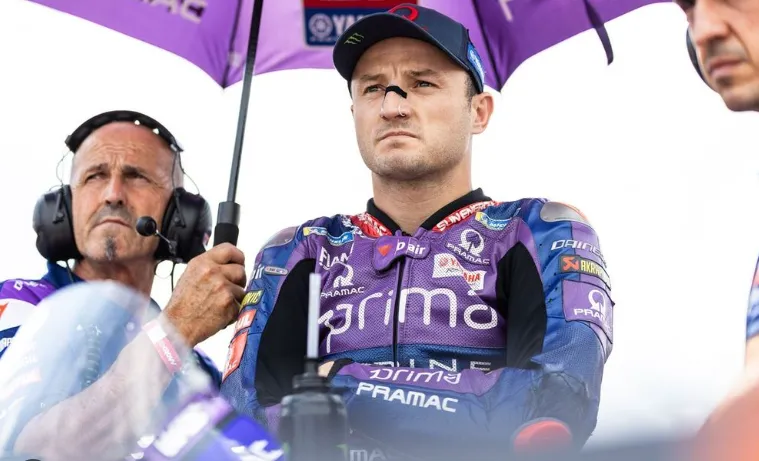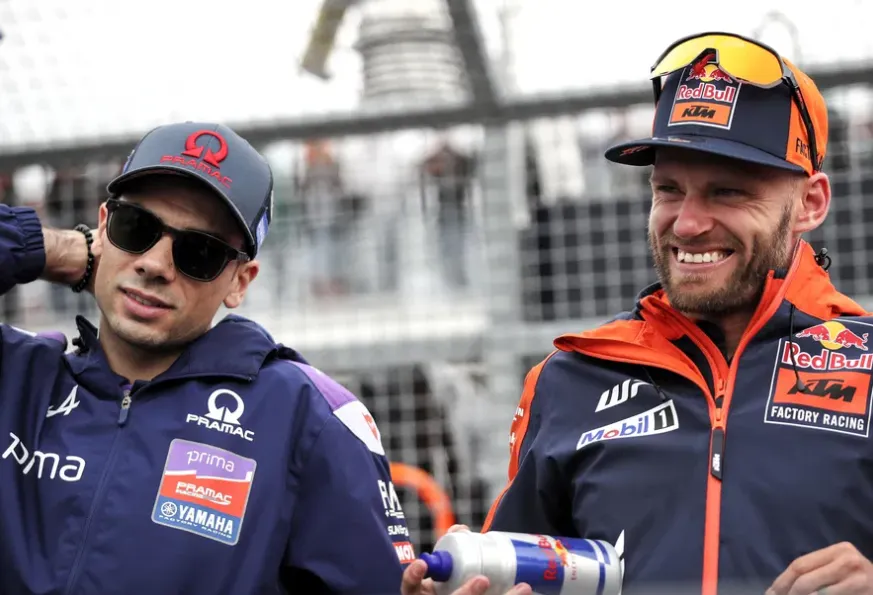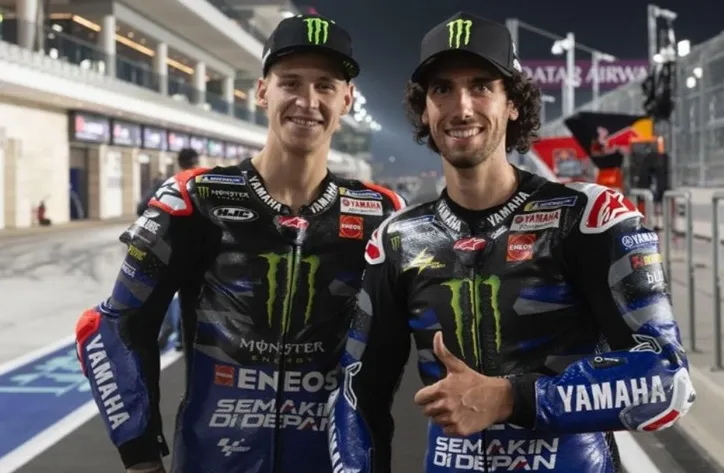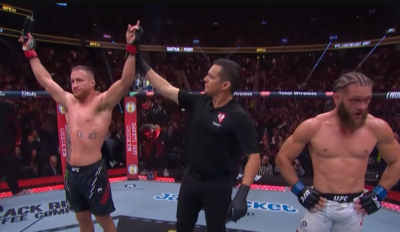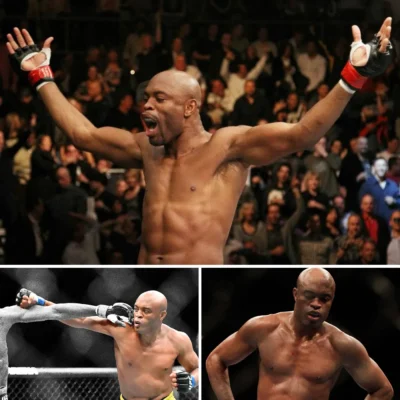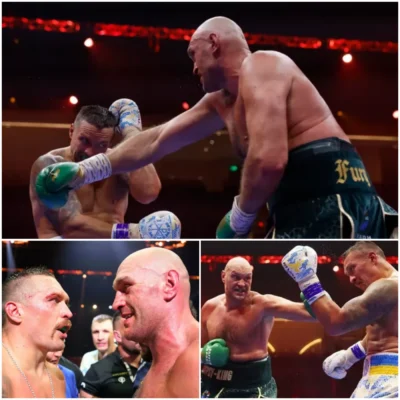
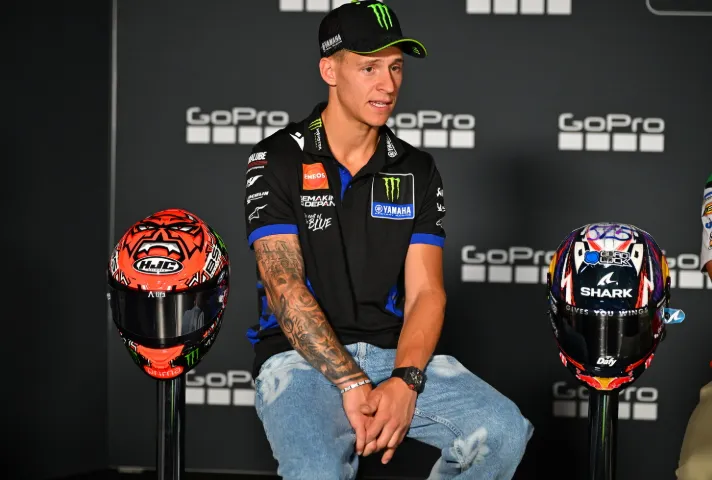
Fabio Quartararo Calls for Yamaha to Re-Sign Jack Miller
Fabio Quartararo has urged Yamaha to retain Jack Miller for the upcoming 2026 MotoGP season, stressing the Australian’s critical role in developing the Japanese manufacturer’s much-anticipated V4 engine. With Yamaha preparing to move away from its traditional Inline Four configuration, Quartararo believes experience is the single most important factor for success — and Miller is the one rider on the current Yamaha roster who has it.
The Frenchman, Yamaha’s 2021 MotoGP world champion, is currently leading Yamaha’s charge in the standings while simultaneously shaping the direction of its technical project. As the team undergoes one of its most dramatic transitions in decades, Quartararo is publicly voicing what many inside the paddock have whispered: Yamaha cannot afford to make this move without a proven V4 specialist.
Yamaha’s Pending Decision on Miller
At present, no official announcement has been made regarding Miller’s future. Early signs, however, point to Yamaha leaning toward keeping him within its Prima Pramac Yamaha Racing squad for 2026. Miller currently stands as Yamaha’s second-best rider in the 2025 MotoGP World Championship, trailing only Quartararo himself. This positioning highlights Miller’s importance not only in scoring points but also in anchoring Yamaha’s development program at a time when every lap of feedback is crucial.
Yamaha has a reputation for measured decision-making. While Ducati often makes bold moves and KTM aggressively pursues technical advancement, Yamaha traditionally takes a slower, more calculated approach. Yet, with the pace of MotoGP’s technological evolution accelerating, patience may no longer be a luxury. That urgency is part of what makes Quartararo’s comments so impactful — he is signaling that this is not a time for experimentation with unproven riders.
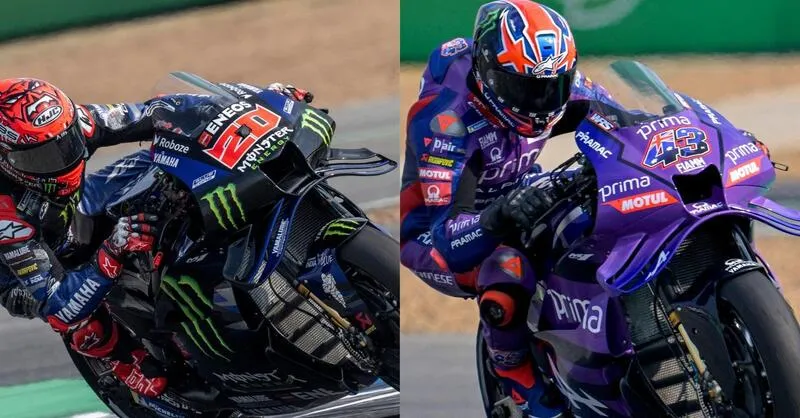
The V4 Transition — A Historic Shift
For decades, Yamaha has relied on its unique Inline Four engine philosophy. This configuration delivered smoother power delivery, easier corner handling, and the ability to maximize high-speed stability. It was the weapon that allowed Valentino Rossi, Jorge Lorenzo, and Quartararo to secure championships. However, as braking forces increased, aerodynamic packages became more aggressive, and acceleration out of corners grew more decisive, the V4 layout began to dominate MotoGP’s competitive hierarchy.
Manufacturers like Ducati, Honda, and KTM all employ V4 concepts, and with their success, Yamaha’s once-defining strength has become a liability. The Inline Four’s linear power advantage no longer offsets the explosive torque and braking stability that V4s now routinely offer. It’s this competitive imbalance that pushed Yamaha to develop its own V4 — a decision that, if executed well, could close the gap significantly in 2026.
Miller’s Unique Experience Could Accelerate Progress
In this context, Jack Miller’s experience stands out. He has raced with three different V4-powered machines — Honda, Ducati, and KTM — across multiple eras of MotoGP technical evolution. He knows the subtleties of V4 throttle response, engine-braking characteristics, and how those factors integrate with chassis setup and electronics.
Quartararo put it plainly before the Hungarian Grand Prix:
“I don’t know what is [the decision] with Pramac, but I think it’s great to keep Jack, because he’s the one who has much more experience with the V4,” he said.
“I mean, I never rode a V4. Alex [Rins, Quartararo’s team-mate] rode a Honda for half a year, then got injured. Toprak never rode a MotoGP bike. So you have to keep one guy that has experience with a V4, I think.”
This is more than a personal endorsement — it’s a clear strategic argument. Quartararo, who is already carrying the weight of Yamaha’s competitive ambitions, understands that successful bike development is as much about rider synergy as it is about engineering capability.
Yamaha’s Next Steps — Testing at Misano
The V4 engine will make its track debut at Misano in September, a pivotal moment in Yamaha’s modern MotoGP history. Augusto Fernandez, Yamaha’s test rider, will wildcard at the race equipped with the new engine. The goal is to gather real-world race data — everything from top-speed performance to reliability under competitive stress.
Immediately following the race weekend, Quartararo will finally get his first taste of the V4 during the official post-race test. This session will be watched closely, not just by Yamaha engineers but by the entire paddock, as it will provide the first meaningful benchmark of how competitive Yamaha’s new powertrain could be compared to its rivals.
Although Yamaha’s official line is that no final decision has been made regarding the V4’s full adoption for 2026, Quartararo’s comments indicate that internally, the project has effectively replaced any further Inline Four development.
“They have to focus on one thing. Because I think it’s already difficult to make one thing well,” Quartararo said.
“So I hope they are fully focused on the V4, because we have no new things to come with the four Inline.”
The Competitive Landscape — No Room for Hesitation
MotoGP’s competitive cycle is relentless. Ducati has maintained a dominant presence, stacking multiple factory-caliber riders and leveraging its technical resources to stay ahead. KTM continues to close the gap with bold engineering and rider investment, while Aprilia has turned consistency into genuine race-winning potential.
For Yamaha, every development decision carries greater weight. The team is not only fighting to catch up on performance but also to retain and attract top talent. Quartararo’s future beyond 2026 could hinge on Yamaha proving that its V4 concept is capable of winning. Likewise, younger talents like Toprak Razgatlioglu or even potential Moto2 graduates will evaluate Yamaha’s competitiveness before committing their prime years to the brand.
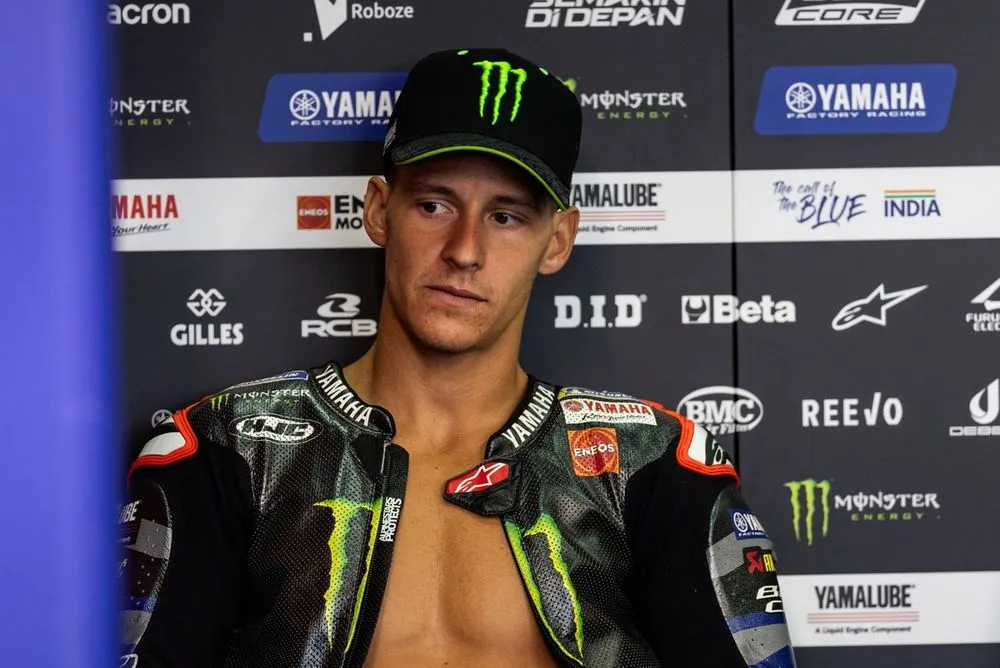
Miller as the Key to a Successful Rebuild
Re-signing Jack Miller would do more than simply maintain rider continuity — it would preserve a crucial technical bridge between concept and execution. His feedback can shorten Yamaha’s adaptation curve, reduce costly errors, and ensure that Quartararo and Rins are not learning on the fly without guidance from someone who has already mastered V4-style racing.
In an era where even small setup advantages can translate into championship points, Miller’s insight could mean the difference between Yamaha returning to winning ways or enduring another season in the shadows of Ducati and KTM.
The Bigger Picture for Yamaha’s MotoGP Legacy
Yamaha’s MotoGP story has been defined by innovation, iconic riders, and periods of dominance. The current transition is not just a technical upgrade — it is a philosophical shift, a moment where the manufacturer must prove its adaptability in a sport that no longer allows for comfortable stagnation.
By listening to its lead rider, aligning with proven experience, and committing fully to the V4 concept, Yamaha has the opportunity to reintroduce itself as a consistent title contender. If it mismanages this window, however, the competitive gap could widen beyond recovery in the short term.
Fabio Quartararo has made his stance unambiguous: Jack Miller is not just another rider — he is a vital piece of Yamaha’s future puzzle. Retaining him is not merely a contract choice; it is a strategic investment in a project that could redefine Yamaha’s place in MotoGP’s evolving hierarchy.








